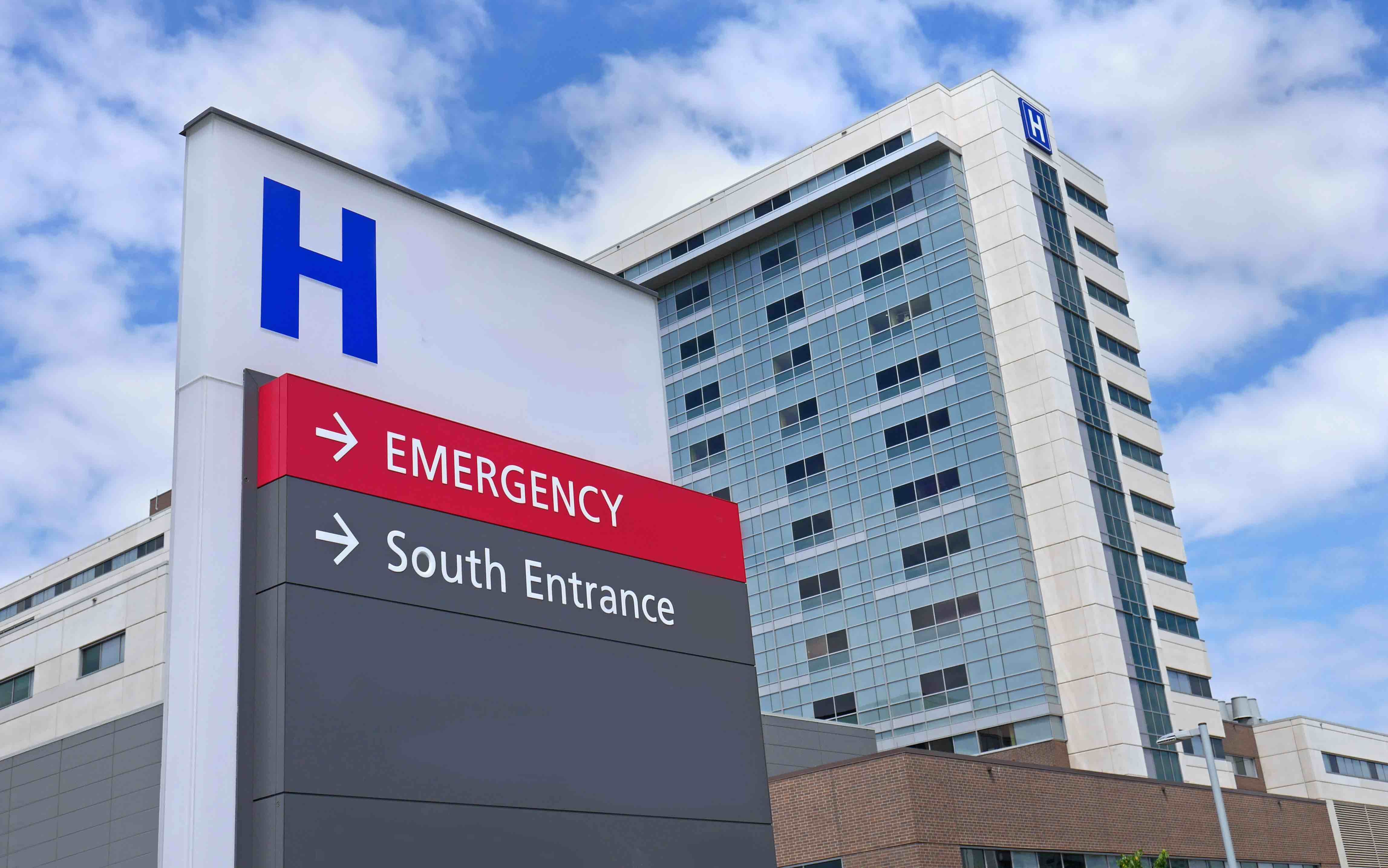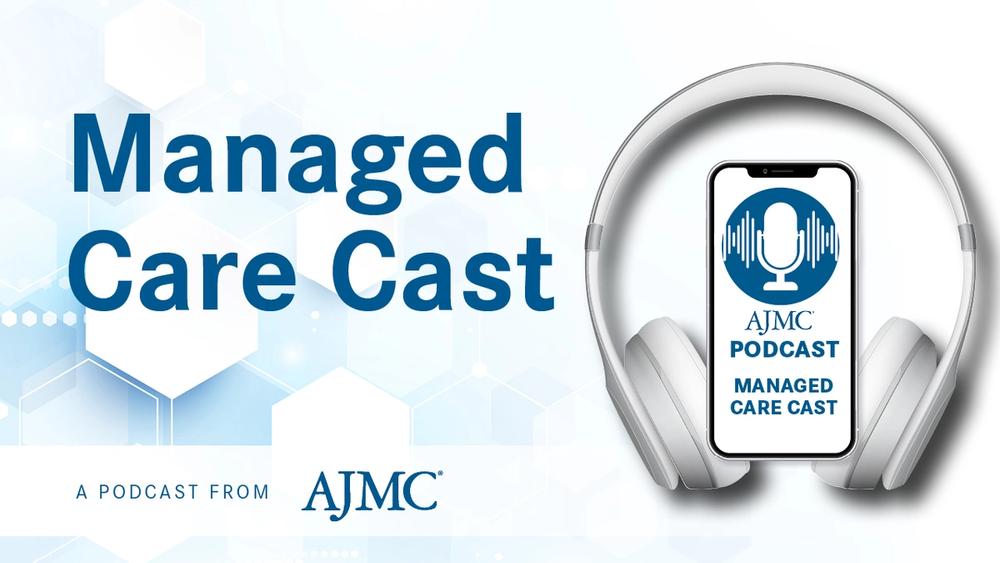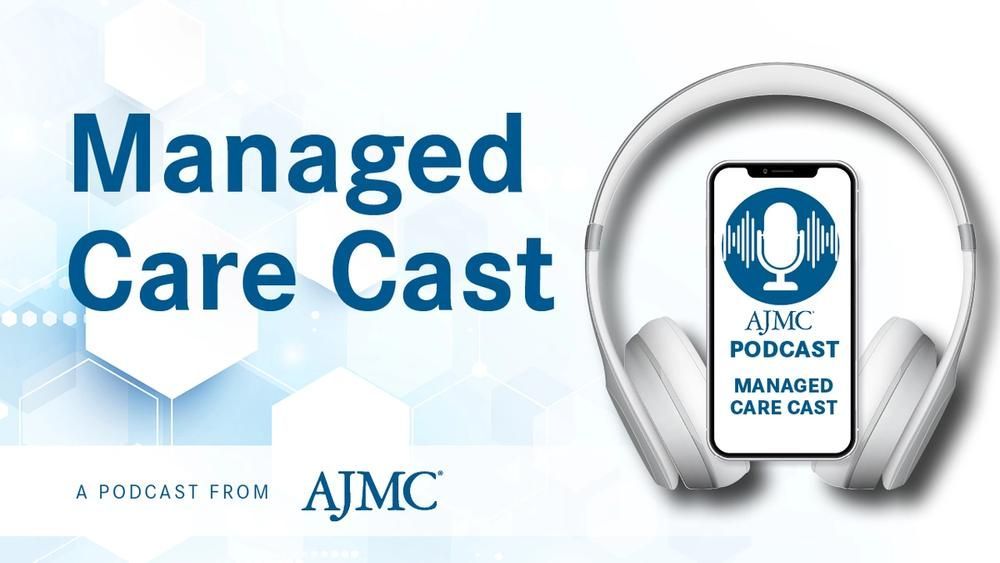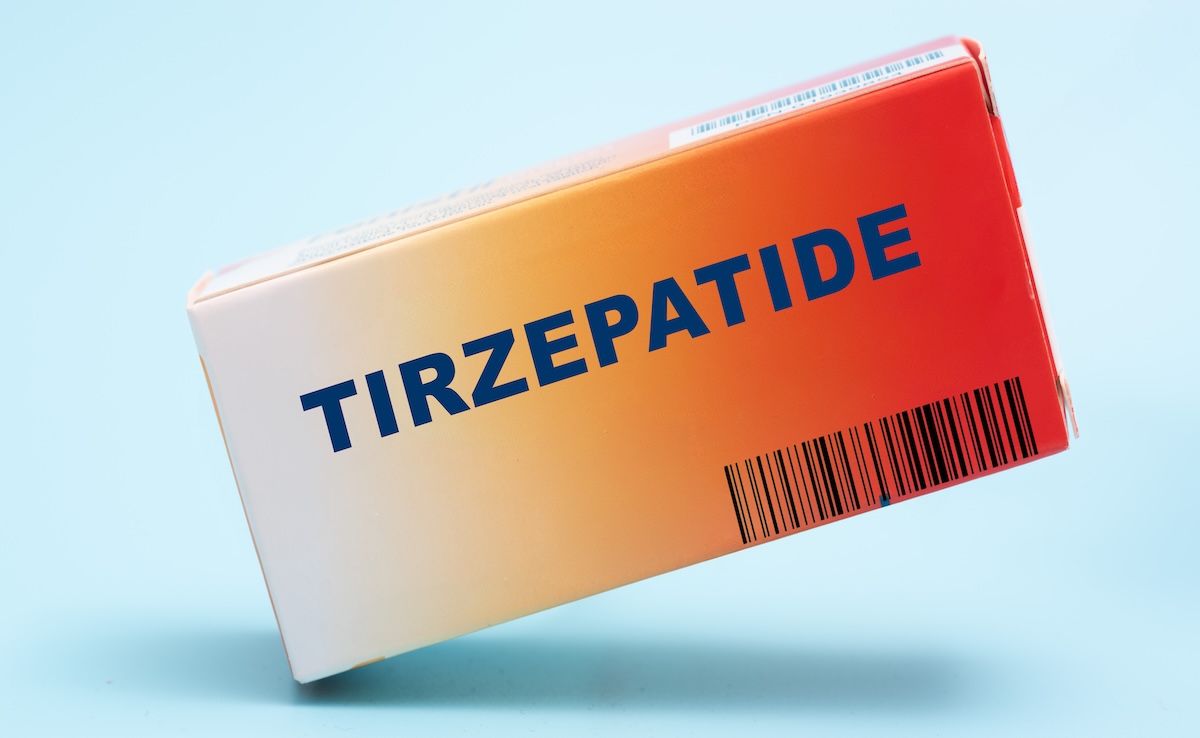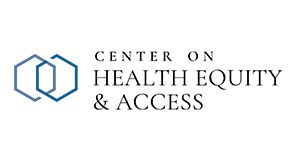News
Article
Lifestyle Interventions, Statins, Among Keys to Mitigating CVD Risk in MASLD/MASH
Author(s):
Key Takeaways
- MASLD/MASH patients have increased cardiovascular risks, necessitating regular risk assessments and interventions.
- Lifestyle changes, such as diet and exercise, are vital for managing cardiovascular and liver health in MASLD/MASH.
A recent review highlights the gaps in clinical guidelines and treatment approaches for metabolic dysfunction-associated steatohepatitis (MASH) and looks ahead to the future promise of glucagon-like peptide 1 (GLP-1) receptor agonists for liver conditions.
Patients with metabolic dysfunction-associated steatotic liver disease (MASLD) or metabolic dysfunction-associated steatohepatitis (MASH) carry an increased risk for cardiovascular complications. A recent review published in Current Cardiology Reports added to this body of literature, stressing the value of both pharmacological and lifestyle interventions in this patient population, as well as the importance of undergoing more regular cardiovascular risk assessments.1
Patients with metabolic dysfunction-associated steatohepatitis carry an increased risks for cardiovascular disease and related events | image credit: reyanking999 - stock.adobe.com

To receive a diagnosis for MASLD, patients need at least 1 other cardiometabolic risk factor, such as high blood pressure, diabetes, or obesity. The “pro-atherogenic milieu” generated in MASLD/MASH—including systemic inflammation, endothelial dysfunction, and oxidative stress—also closely overlaps with the pathophysiology of cardiovascular disease (CVD), the authors wrote. Not only do patients with MASLD exhibit a greater incidence of CVD (OR: 1.64; 95% CI, 1.26-2.13),2 but some more recent analyses suggest that MASLD is an independent CVD risk factor.3
Despite these findings, the authors noted how clinical guidelines remain in contention as the 2021 ESC Guidelines on cardiovascular disease in clinical practice maintain that traditional risk factors elevate CVD risks, not MASLD.1
Amid conflicting views, the authors continued, various guidelines from the European Society of Cardiology (ESC), European Association for the Study of the Liver, American Heart Association, and American Association for the Study of Liver Disease all agree on the value of frequent cardiovascular risk assessments. Clinical interventions are primarily focused on managing cardiovascular risk factors, as variations in glucose and lipid metabolism are thought to drive these risks.
“The effects of diet, increased exercise, and subsequent weight loss not only positively impact cardiovascular health but also improve various parameters and risk factors associated with MASLD and MASH,” the authors wrote, pointing specifically to the emerging value of lower-caloric diets. Therefore, working to prevent the development of diabetes, occurrence of CVD events, progression of liver cirrhosis, as well as improve long-term survival outcomes and quality of life, have been the main treatment goals.
It is recommended to be physically active for approximately 150 minutes each week, which is informed by research suggesting that exercise can have a positive influence on the prevention and resolution of fatty liver disease.4
“Sufficient weight loss has also been shown to positively impact markers of liver damage and other MASLD biomarkers, with more pronounced changes seen in individuals with greater reduction,” the authors added.1
Statin therapy remains the recommended first-line treatment, with treatment intensity correlating with individual CVD risk and degree of liver damage. Yet, statin interventions are underutilized in cases of MASLD accompanied by dyslipidemia—with numerous analyses indicating almost 50% of patients are left off statins despite clinical guidelines and recommendations. Elevated levels of transaminases, advanced disease, and lacking provider awareness when it came to steatosis have been demonstrated to be primary predictors of this underuse.5
“Elevated transaminases in the setting of MASLD or MASH, however, are most often related to the liver disease itself, which is caused and fueled by cardiometabolic risk factors that are targeted by statin treatment, thus representing a therapeutic dilemma in clinical practice,” the authors wrote, indicating that mild elevations should not deter providers from continuing statin therapy or prescribing it in the first place.1
As the authors concluded their review, they referred to the body of literature suggesting the potential benefits of alternate interventions, such as bariatric surgery, peroxisome proliferator-activated receptor agonists, sodium/glucose contransporter-2 inhibitors, and the advent of glucagon-like peptide 1 (GLP-1) receptor agonists for patients with MASLD/MASH. Prior research has established the positive, lipid-specific impact of GLP-1 receptor agonists; as these therapies become more integrated within the hepatological treatment landscape, data from bigger, phase 3 studies remain “eagerly awaited.”1
References
1. Bernhard J, Galli L, Speidl WS, Krychtiuk KA. Cardiovascular risk reduction in metabolic dysfunction-associated steatotic liver disease and metabolic dysfunction-associated steatohepatitis. Curr Cardiol Rep. 2025;27(1):28. doi:10.1007/s11886-024-02185-5
2. Targher G, Byrne CD, Lonardo A, Zoppini G, Barbui C. Non-alcoholic fatty liver disease and risk of incident cardiovascular disease: a meta-analysis. J Hepatol. 2016;65(3):589-600. doi:10.1016/j.jhep.2016.05.013
3. Duell PB, Welty FK, Miller M, et al. Nonalcoholic fatty liver disease and cardiovascular risk: a scientific statement from the American Heart Association. Arterioscler Thromb Vasc Biol. 2022 Jun;42(6):e168-e185. doi:10.1161/ATV.0000000000000153
4. Sung KC, Ryu S, Lee JY, Kim JY, Wild SH, Byrne CD. Effect of exercise on the development of new fatty liver and the resolution of existing fatty liver. J Hepatol. 2016;65(4):791-797. doi:10.1016/j.jhep.2016.05.026
5. Blais P, Lin M, Kramer JR, El-Serag HB, Kanwal F. Statins are underutilized in patients with nonalcoholic fatty liver disease and dyslipidemia. Dig Dis Sci. 2016;61(6):1714-20. doi:10.1007/s10620-015-4000-6
